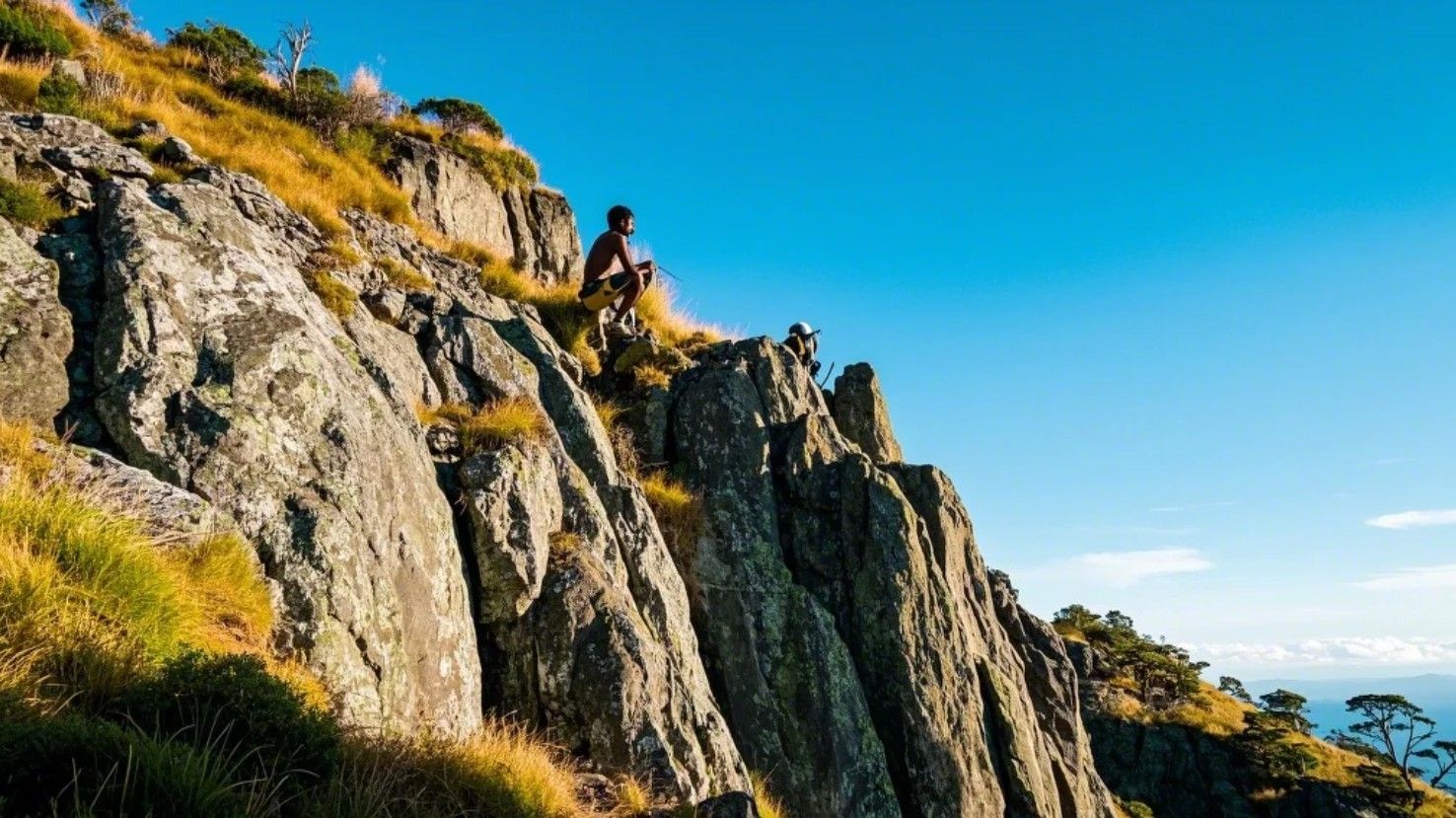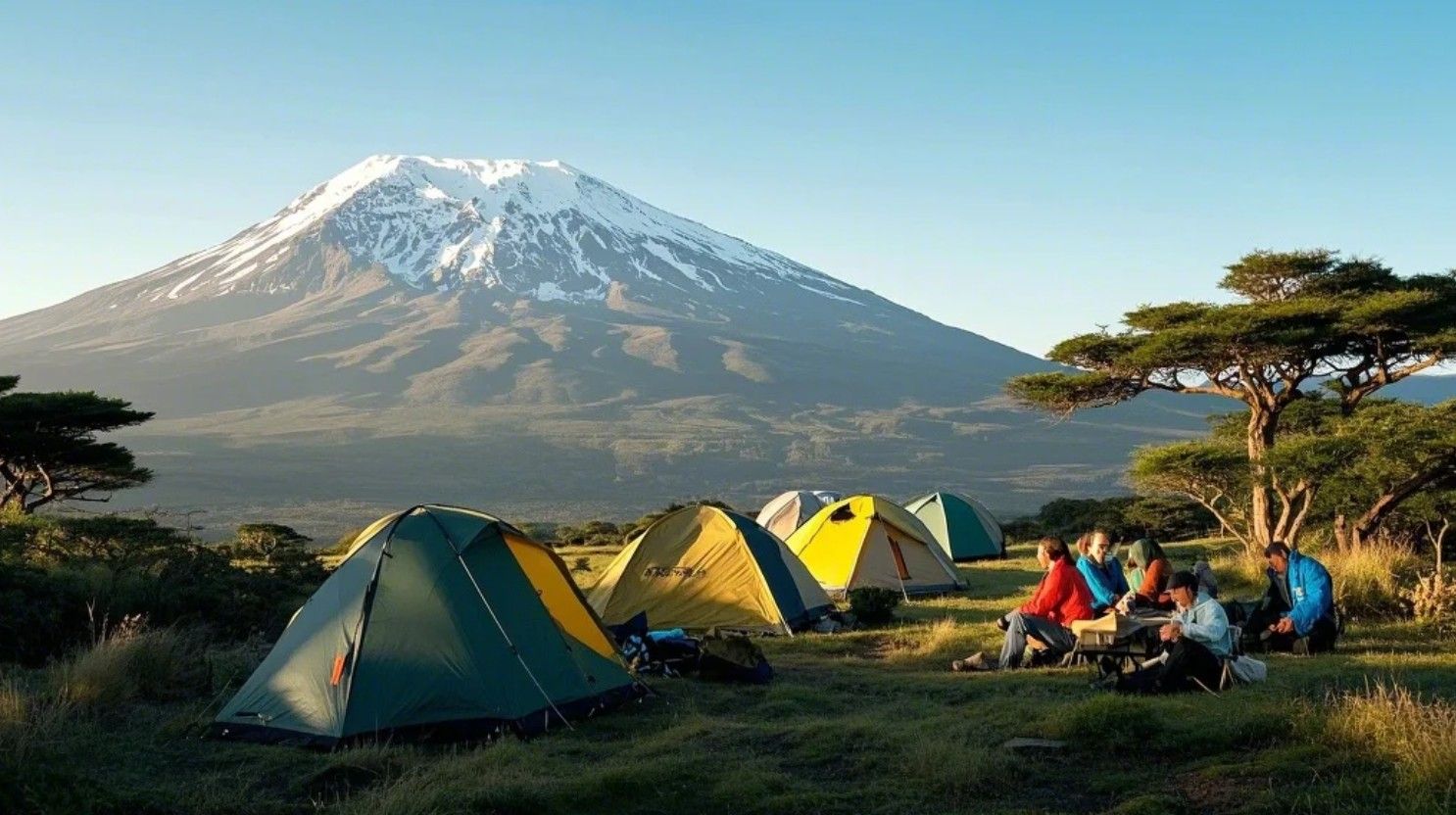Climbing Mount Kilimanjaro: Challenges and Triumphs
| Mount Kilimanjaro, the “Roof of Africa,” is the highest peak on the continent and one of the most iconic climbs in the world. Standing at 5,895 meters (19,341 feet), it’s a bucket-list adventure for many travelers. Climbing Kilimanjaro is not just a physical challenge—it’s a journey of perseverance, self-discovery, and triumph. In this article, I’ll share my experience of climbing Mount Kilimanjaro, the challenges I faced, and the lessons I learned, along with practical tips to help you plan your own ascent. Why Climb Mount Kilimanjaro? Mount Kilimanjaro is a unique and accessible climb for several reasons:  No Technical Skills Required: Unlike other high-altitude peaks, Kilimanjaro doesn’t require technical climbing or mountaineering experience. Diverse Landscapes: The climb takes you through five distinct climate zones, from lush rainforests to arctic glaciers. Cultural Richness: The mountain is located in Tanzania, offering opportunities to connect with local communities and learn about their traditions. Personal Achievement: Reaching the summit is a life-changing accomplishment that tests your limits and builds resilience. Pro Tip: The best time to climb Kilimanjaro is during the dry seasons (January to March and June to October), when the weather is more stable. Planning Your Climb Climbing Kilimanjaro requires careful planning and preparation. Here’s what you need to know: 1. Choosing a Route Kilimanjaro has several routes, each with its own challenges and highlights: Machame Route (7 days): Known as the “Whiskey Route,” it’s popular for its scenic beauty and high success rate. Marangu Route (5–6 days): Called the “Coca-Cola Route,” it’s the easiest but has a lower success rate due to its shorter duration. Lemosho Route (7–8 days): A longer and more remote route with stunning views and a high success rate. Rongai Route (6–7 days): The only northern approach, offering a quieter and less crowded experience. Pro Tip: Choose a route that allows for proper acclimatization, as altitude sickness is the biggest challenge on Kilimanjaro. 2. Selecting a Tour Operator Climbing Kilimanjaro requires a licensed guide, so it’s essential to choose a reputable tour operator. Look for companies with: Experienced Guides: Ensure the guides are trained in first aid and altitude sickness management. Good Reviews: Read reviews and testimonials from previous climbers. Fair Pricing: Compare prices and ensure the cost includes permits, gear, and food. Pro Tip: Check if the operator is a member of the Kilimanjaro Porters Assistance Project (KPAP), which ensures fair treatment of porters. 3. Training and Preparation Climbing Kilimanjaro is physically demanding, so it’s important to prepare: Cardio Training: Focus on activities like hiking, running, and cycling to build endurance. Strength Training: Strengthen your legs, core, and back to handle the physical demands of the climb. Practice Hikes: Train with a weighted backpack to simulate the conditions of the climb. Pro Tip: Practice hiking at higher altitudes if possible to prepare your body for the effects of altitude. My Kilimanjaro Climb: Challenges and Triumphs Here’s a snapshot of my 7-day climb on the Machame Route: Day 1: Machame Gate to Machame Camp The climb began at Machame Gate, where we registered and met our team. The first day took us through lush rainforests, with monkeys calling in the distance. The trail was steep but manageable, and we arrived at Machame Camp in the late afternoon. Day 2: Machame Camp to Shira Camp We ascended through moorland and heather zones, with stunning views of the surrounding landscape. The altitude began to affect me, but I stayed hydrated and paced myself. We reached Shira Camp just before sunset. Day 3: Shira Camp to Barranco Camp This was a long and challenging day, with a steep ascent to Lava Tower for acclimatization. The altitude made breathing difficult, but the views were worth it. We descended to Barranco Camp, where I felt much better. Day 4: Barranco Camp to Karanga Camp We tackled the Barranco Wall, a steep and rocky section that required scrambling. It was physically demanding but exhilarating. The trail then leveled out, and we arrived at Karanga Camp in the early afternoon. Day 5: Karanga Camp to Barafu Camp The ascent to Barafu Camp was tough, with the altitude making every step a challenge. We rested in the afternoon, preparing for the summit push. I felt nervous but determined. Day 6: Summit Day We began the summit push at midnight, climbing in the dark with headlamps. The cold and altitude were intense, but the sight of the stars kept me going. After hours of climbing, we reached Uhuru Peak at sunrise. The sense of accomplishment was overwhelming, and the views were breathtaking. Day 7: Descent to Mweka Gate We descended quickly, passing through the different climate zones. The descent was tough on my knees, but the excitement of completing the climb kept me going. We arrived at Mweka Gate, where we celebrated with our team. Challenges of Climbing Kilimanjaro Climbing Kilimanjaro is not without its challenges: Altitude Sickness: The biggest risk, with symptoms like headaches, nausea, and dizziness. Proper acclimatization is key. Physical Demands: The climb is strenuous, with long days and steep ascents. Weather Conditions: Temperatures can range from hot to freezing, and weather can change rapidly. Mental Fatigue: The mental challenge of pushing through exhaustion and discomfort is significant. Pro Tip: Listen to your body, stay hydrated, and communicate with your guide if you feel unwell. Triumphs of Climbing Kilimanjaro Despite the challenges, climbing Kilimanjaro is an incredibly rewarding experience: Personal Achievement: Reaching the summit is a testament to your strength and determination. Breathtaking Views: The landscapes and views from the summit are unforgettable. Team Spirit: The camaraderie with your team and the support of your guides and porters create lasting bonds. Life Lessons: The climb teaches resilience, patience, and the importance of perseverance. Pro Tip: Take time to reflect on your journey and celebrate your accomplishment. Tips for Climbing Kilimanjaro Here are some practical tips to help you prepare for your climb: Pack Smart: Bring layers, a good sleeping bag, and sturdy hiking boots. Stay Hydrated: Drink plenty of water to combat altitude sickness. Take It Slow: Pace yourself and follow your guide’s advice for acclimatization. Bring Snacks: High-energy snacks like nuts, chocolate, and energy bars are essential. Stay Positive: A positive mindset is crucial for overcoming challenges. Pro Tip: Bring a camera or journal to document your journey and capture memories. Budgeting for Your Climb Here’s a rough estimate of costs for a 7-day climb on Kilimanjaro: Tour Operator: 1,500–3,000 (depending on the route and level of service). Flights: 800–1,500 (depending on your location). Gear: 200–500 (if you need to purchase or rent equipment). Tips: 200–300 (for guides and porters). Pro Tip: Look for package deals or group discounts to save money.  The Impact of My Kilimanjaro Climb Climbing Kilimanjaro was one of the most challenging and rewarding experiences of my life. The physical and mental demands of the climb pushed me to my limits, but the sense of accomplishment and the memories I made were worth every step. The journey taught me the importance of perseverance, teamwork, and believing in myself. Conclusion Climbing Mount Kilimanjaro is a life-changing adventure that tests your limits and rewards you with unforgettable experiences. From the diverse landscapes and physical challenges to the personal triumphs and lessons learned, the climb is a journey like no other. By planning carefully, preparing thoroughly, and staying positive, you can achieve the incredible feat of reaching the Roof of Africa. So lace up your boots, pack your gear, and get ready to embark on the adventure of a lifetime—Kilimanjaro awaits! |
haley
|
2025.03.21




